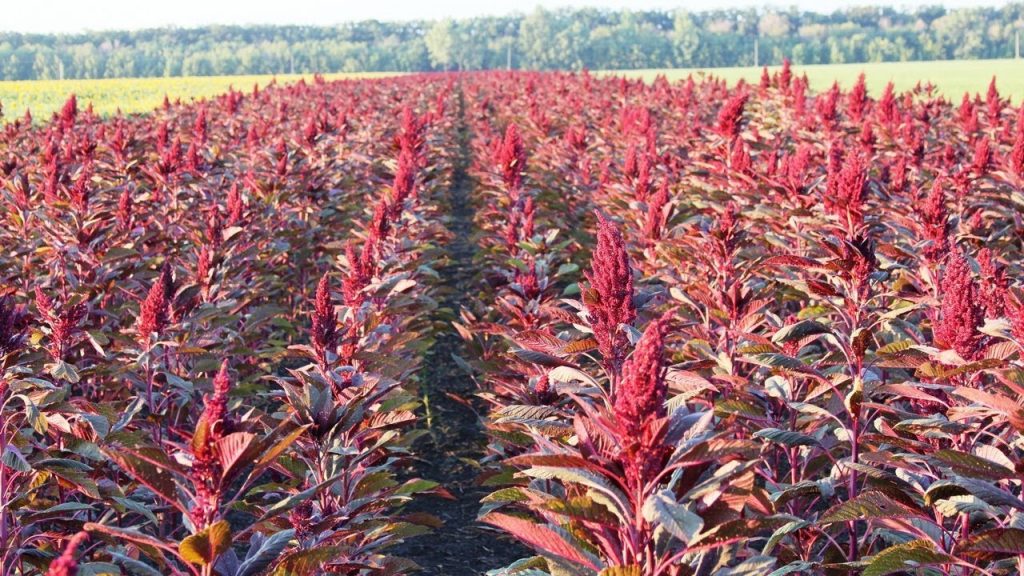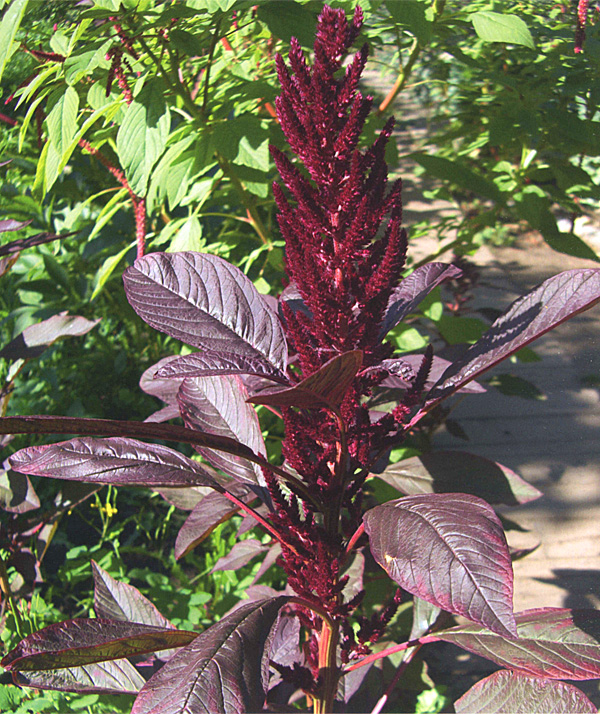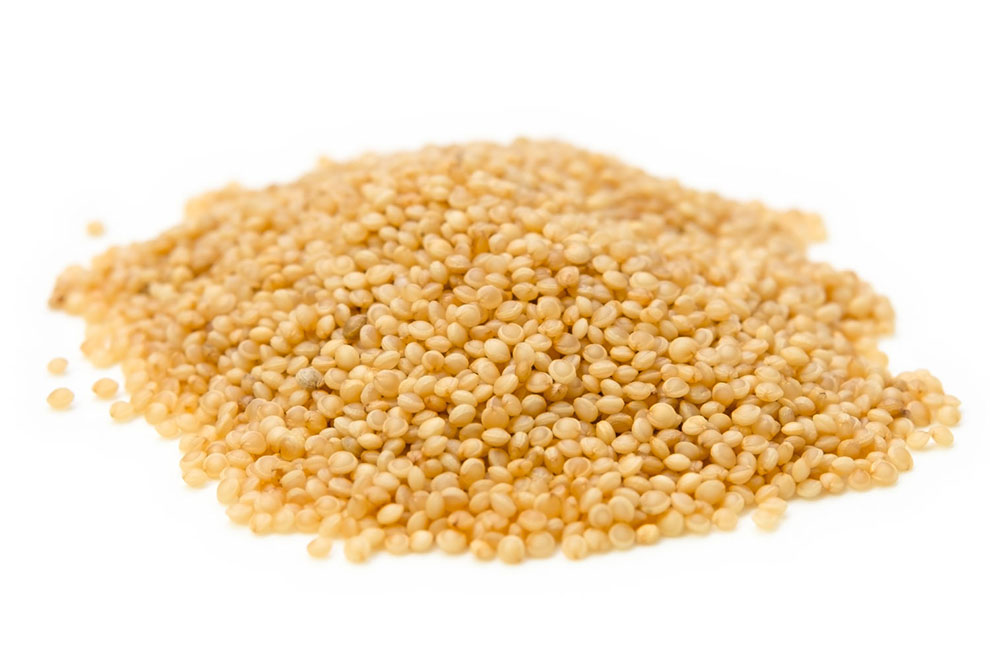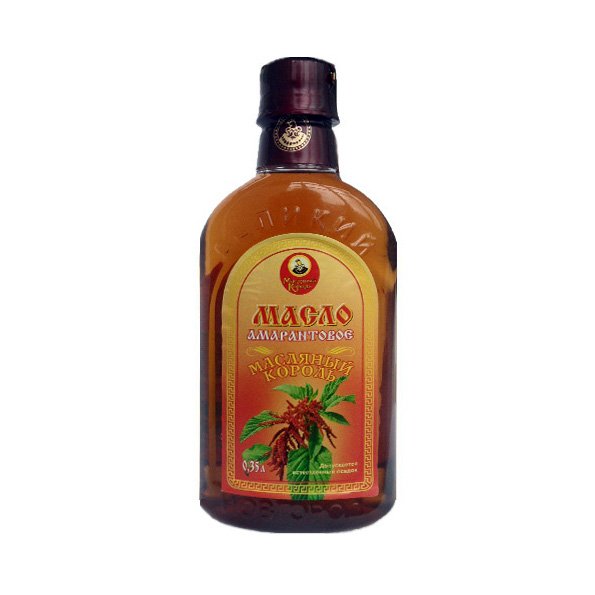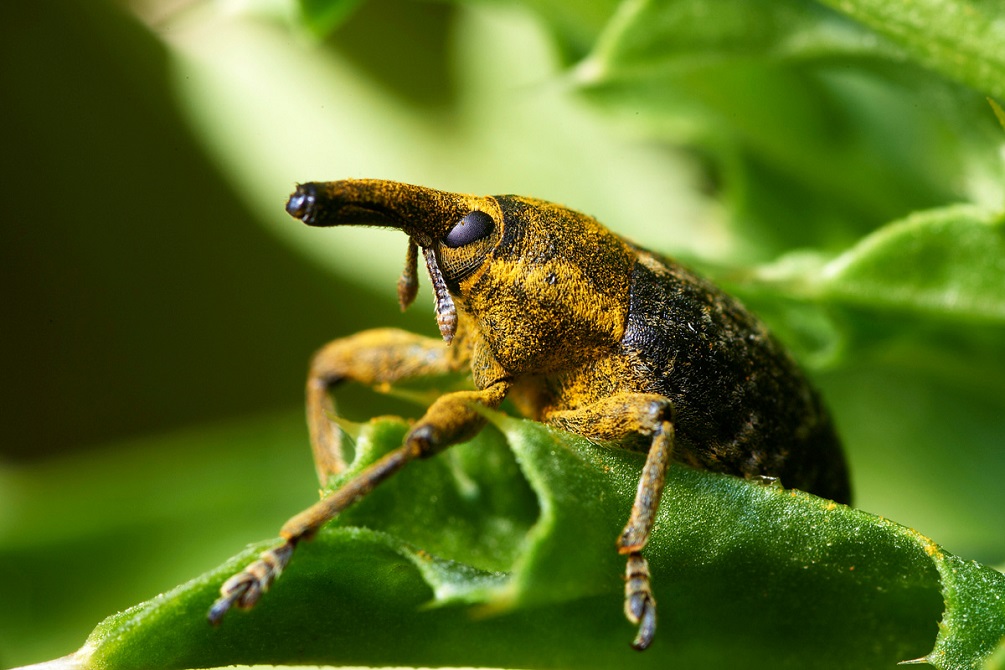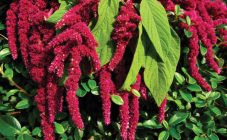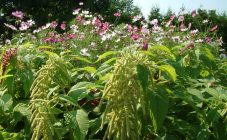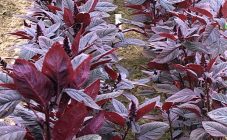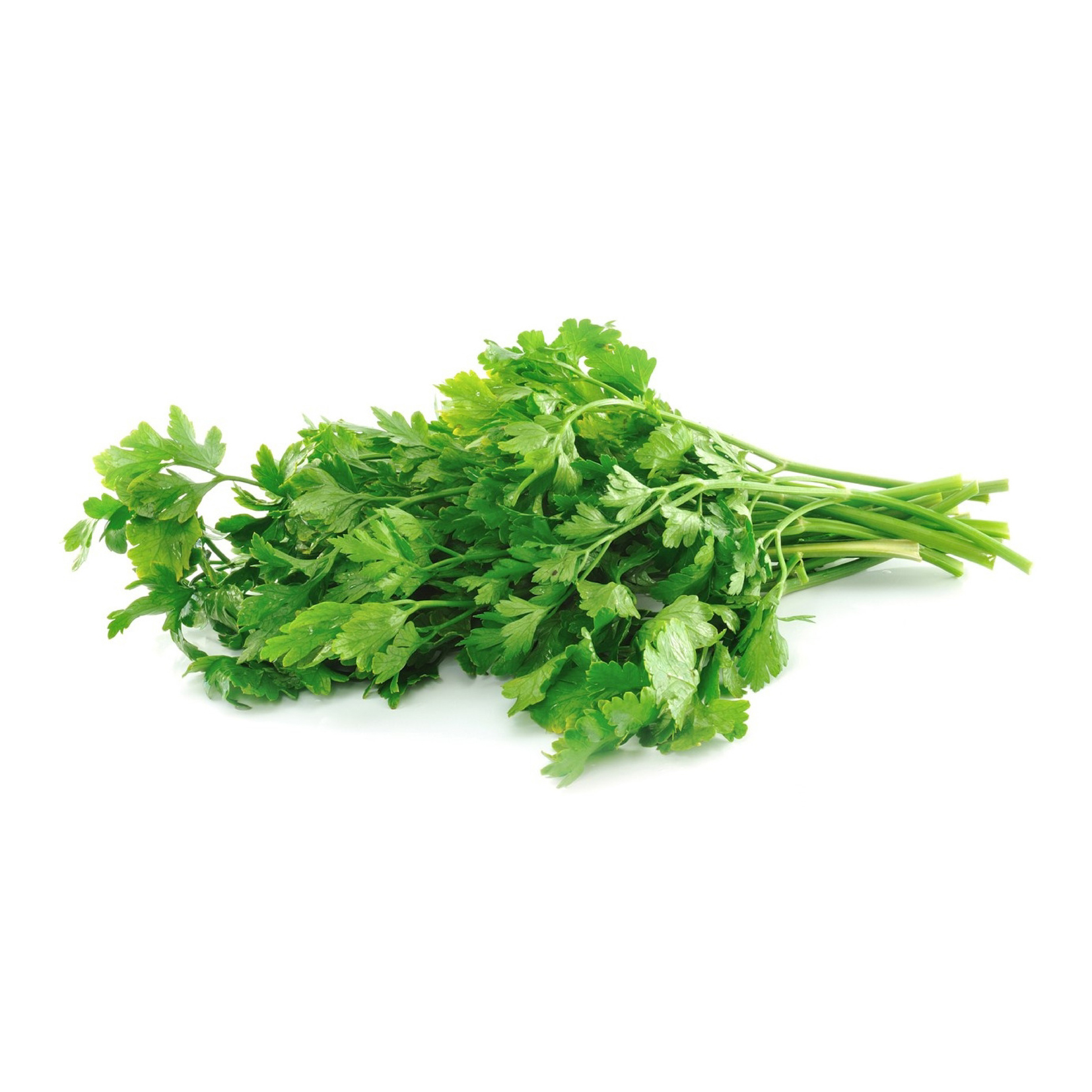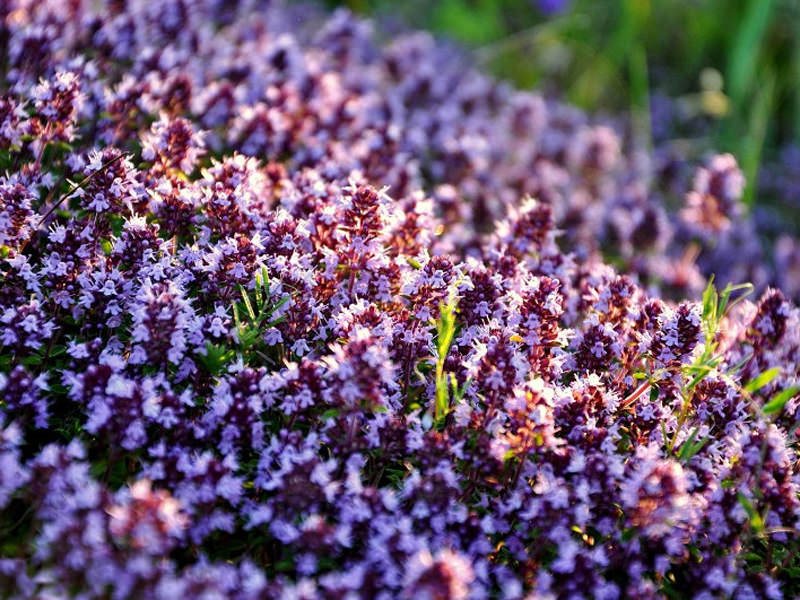Content:
Amaranth (the name "amaranth" is found) is a medicinal plant. Ancient tribes used the plant for a variety of rituals and rituals. But most often it was used as a nutritious lunch, because its nutritional qualities are comparable to oats or rice. Translated from Latin, amaranth means "beloved by God."
What is amaranth?
What is this amaranth plant? In nature, there are several species, they are all divided into perennial and annual. What does amaranth look like? Height can reach 80-150 cm, the stem has many branches. The shape of the leaves resembles an elongated egg. The inflorescences of the plant are of a very beautiful purple-red color, elongated, their height can reach 30 cm, and sometimes even more. The color of the plant is green, but there are red amaranths.
Where does amaranth grow?
The main country of growth is the United States, and grass can also be found in the PRC. In Russia, there are about two dozen different species, mainly in Siberia.
Kinds
Scientists have found about a thousand species of amaranth. In the common people, the plant is known under the names of cockscombs or velvet. All plants are divided into three types:
- decorative;
- stern;
- vegetable.
The following types of amaranth are very popular:
- Paniculate (Blood). The plant is distinguished by accelerated growth, but at the same time it is not at all resistant to frost. Its distinctive feature is a slightly reddish shade of the stem and leaves. In some countries, it is eaten, but only before flowering. In our country, they are used as organic fertilizer, as well as green top dressing on pig farms.
- Tricolor (Chinese spinach). This species is usually cultivated for decorative purposes. It is often used in landscape design, because its bright color attracts attention. Typically, the color ranges from bright yellow to purplish red. In general, it is a dietary plant that contains a large amount of protein. And, as you know, it is the protein that is able to remove all heavy metals from the human body and significantly increase immunity.
- Caudate. A distinctive feature of this species is the hanging inflorescences, which are very similar to the tails of animals, which is why the plant got this name. Inflorescences are purple or white. Many poultry farmers use its seed as a poultry feed, and the stems and leaves are nutritious feed for farm animals.
- White. This type of amaranth has a small number of branches, and as soon as the leaves die off, the plant becomes a tumbleweed.
- Dark. The color of the plant is green, even emerald. It tolerates dry weather perfectly, loves light and warmth. The flower is ideal for cultivation in home beds. It is very often used to make floristic compositions.
Amaranth herb: composition
Scientists have repeatedly studied the plant and came to the conclusion that it has a unique composition, in which the chemical elements and amino acids necessary for the human body are perfectly balanced.The benefits of the plant are quite large, so nutritionists advise including it in your daily menu. The seeds of the plant are used to make flour and vegetable oil. Their nutritional value is 370 kcal. The composition of plants of the Amaranth family contains a huge amount of vitamins of group B, PP, C, K, A.
Why amaranth is useful
The medicinal and useful properties of the plant are almost unlimited due to its unusual composition. The plant perfectly reduces cholesterol levels due to phytosterols. In hypertensive patients and people with ischemic disease, with regular use of oil, the state of health improves several times.
The plant contains high quality protein in huge amounts. Compared to other crops, which also have a considerable amount of protein compounds in their composition, amaranth is just a storehouse of this most useful trace element. Also, the culture contains the amino acid lysine necessary for the human body, with the help of which muscle fibers are synthesized, and muscle tissue is also formed. A large number of nutrients contained in the plant and, accordingly, in the oil from it, are useful:
- with osteoporosis;
- to normalize the amount of calcium in the human body;
- to normalize metabolism;
- to reduce the risk of cancers and ailments of the cardiovascular system.
Experts advise using shiritsa for various eye diseases. In addition, if you include culture in the daily diet, you can feel that the state of the body is improving every day, and this happens due to the saturation of the body with oxygen.
Amaranth use
The seed of the shiritsa is indicated for the treatment of hemorrhoids, diarrhea, and inflammation of the genitourinary system. Also, women whose menstrual flow is heavy can take it to reduce their intensity. The oil, which is made from the seeds of the plant, contains a huge amount of useful amino acids, as well as the essential omega 6 fatty acid for the body.
Infusion of amaranth leaves is used as a hemostatic agent, as well as for constipation and colitis. Root decoction is used to treat hepatitis A. Chiritsa juice is an excellent medicine for:
- renal failure;
- infectious diseases of the gastrointestinal tract;
- diseases of the cardiovascular system;
- various skin diseases;
- allergic reactions as an antihistamine that is added to the bath; it perfectly relieves itching and redness of the skin.
The juice of the plant is used in the diet of infants and preschool children, since it contains a huge amount of amino acids and vitamins necessary for the growing body. Juice is also an excellent means of preventing diseases of the respiratory system. The use of the plant during pregnancy will significantly reduce the risk of brain and spinal cord pathologies in babies, this is due to the huge content of folic acid.
The leaves and seeds of the plant are able to fill any deficiency of vitamins and minerals in the human body.
There are a huge number of recipes for a variety of dishes that can be prepared from this wonderful plant. After all, its leaves can be boiled, fried, cooked in a double boiler or baked in the oven. People who prefer healthy food use shiritsa for baking and making a variety of desserts.In some African countries, the leaves of the plant are used to produce raw materials for making beer, and in Asian countries, porridge is made from it. Amaranth oil can be used like any vegetable oil, that is, for seasoning cold snacks and frying. For a children's menu, cereals are perfect, because they are completely free of gluten, which can cause a strong allergic reaction.
Amaranth pests
It is known that the plant perfectly tolerates any weather conditions, be it heavy rains or scorching sun and drought. The high yields of amaranth can bring good money if used to produce feed for farm animals. Any such crops suffer from attacks from various pests, and this noble plant is no exception.
Insects harm not only the leaves, but also the seeds of the beetle. This is especially pronounced during the growing season. For an adult plant, there are no pests that can completely destroy all crops and crops.
At the moment, scientists have not identified insects that would harm only amaranth, which greatly simplifies the fight against them, because there is no need to come up with any new methods and means for their destruction. Usually I use conventional fungicides to control and prevent the spread of pests. As a rule, preventive measures are taken even at the beginning of planting. The main insect pests are aphids, fleas, moths and weevils.
Growing amaranth
Having figured out what it is - amaranth, it is worth studying the rules for its cultivation.
For cultivation of a crop, soil of any composition is suitable. The best time to plant seeds is late spring. Just by this time, just enough water will accumulate in the soil that it will be enough for the first stage of cultivation.
Autumn sowing is also possible, before heavy frosts begin.
The distance between the rows of crops should be at least 40-45 cm, and between plants - 7-9 cm. If these conditions are not met, the plant will not fully develop and will give a minimum amount of yield. During sowing, fertilizers must be added to the soil: compost and humus. As well as fertilizers that contain potassium, phosphorus and nitrogen.
The first shoots will appear within 7-10 days from the moment of planting, and harvesting can begin about 3.5-4 months after planting. If it is planned to grow amaranth in the northern regions, it is better to do it in seedlings.
An indicator of the maturity of a plant is the appeared panicles - this means that it is ready for harvesting and use.
For the use of the plant in winter, it can be dried, frozen and pickled.
Wild amaranth is a widespread plant that grows almost all over the world and has several popular names, for example, in Russia it is called rubella or gypsy. In the gardens of Russian summer residents, this plant is considered a weed. It is most commonly used as feed for farm animals and poultry.
From the above, it can be seen that amaranth is a rather useful plant. Therefore, growing it on your personal plot is simply necessary.
